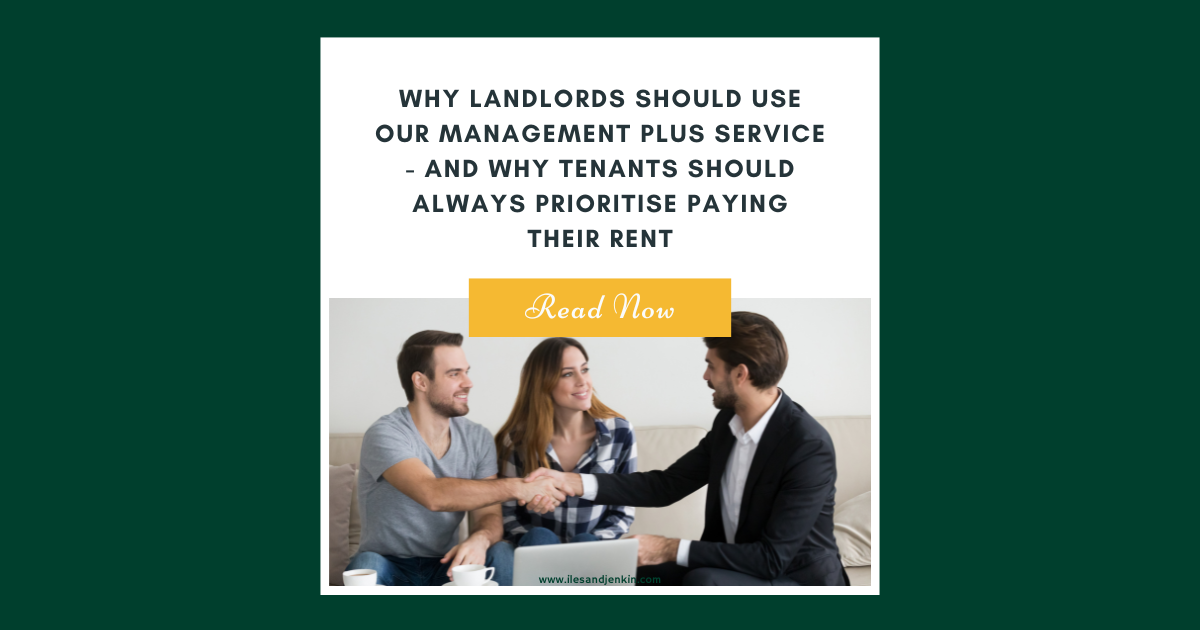Property Visits: Why They’re Essential for Landlords
As the rental market becomes increasingly regulated, landlords are under more pressure than ever to stay compliant. Gone are the days when you could take a “wait and see” approach and only deal with problems when tenants reported them. Today, proactive management is expected - and one of the most effective tools at your disposal is the mid-tenancy property visit.
Often underestimated, property visits (sometimes called inspections) are not just about “checking in” on tenants. They are a vital part of protecting your investment, ensuring compliance with housing law, and spotting issues before they escalate into costly repairs.
The Legal Context: Why Property Visits Matter
Landlords have clear legal responsibilities to keep their properties safe, habitable, and well maintained. While tenants may not always report problems, legislation still places the duty firmly on the landlord’s shoulders. Key laws include:
Landlord and Tenant Act 1985 – requires landlords to repair the structure and exterior of the property and maintain essential services such as heating and water.
Homes (Fitness for Human Habitation) Act 2018 – ensures rented homes are safe and free from hazards at all times during the tenancy.
Housing Act 2004 & HHSRS (Housing Health and Safety Rating System) – empowers councils to enforce standards and take action against unsafe homes.
Awaab’s Law (forthcoming) – will introduce strict deadlines for resolving dangerous conditions such as damp and mould.
The Decent Homes Standard (expected in the private sector in future) – will raise minimum housing standards further.
In short: landlords are responsible whether tenants raise issues or not. Regular property visits are the best way to make sure standards are met and risks are managed.
Visits vs. Inspections: Striking the Right Balance
Some landlords avoid the word “inspection” as it sounds intrusive. “Visit” feels friendlier - and that’s important. Whatever you call it, the law allows landlords (or their agents) to enter a rental property for this purpose as long as:
At least 24 hours’ written notice is given.
Visits are carried out at a reasonable time of day.
The tenant agrees to access.
Tenants also have the right to quiet enjoyment of their home. Overly frequent or heavy-handed visits could be seen as harassment. The industry standard is every 3–6 months, which strikes a fair balance between compliance and tenant comfort.
What Should a Property Visit Cover?
A well-structured visit goes far beyond a quick look around. It should cover:
Property condition – spotting leaks, damp, mould, pest issues, or signs of disrepair.
Safety compliance – checking smoke/CO alarms, electrics, heating, and escape routes.
Tenancy breaches – identifying unauthorised pets, smoking, or subletting.
Encouraging tenant communication – giving tenants a chance to raise concerns they may have been reluctant to report.
Reporting to the landlord – providing clear, evidence-backed updates for peace of mind.
Best practice includes using a checklist, taking photos (with consent), and producing a dated written report. Many landlords now use digital reporting tools to keep records secure and accessible.
Risk Management: Protecting Your Investment
Skipping property visits isn’t just risky - it can be costly. Without regular checks, landlords face:
Higher repair bills if problems go unnoticed.
Legal penalties or fines if a property fails safety standards.
Blocked Section 21 notices if hazards are outstanding.
Rent repayment orders where tenants can reclaim rent.
Invalid insurance claims if neglect can be shown.
On the other hand, well-documented visits demonstrate professionalism, protect landlords legally, and build trust with tenants.
Setting a Professional Standard
Property visits aren’t box-ticking exercises. They are a cornerstone of professional property management and a clear sign that a landlord is serious about compliance and tenant welfare.
In a sector where scrutiny is only increasing, landlords who commit to regular, well-documented visits are better protected, more trusted, and more likely to see long-term returns.
In short: property visits are not optional - they’re essential.
At Iles & Jenkin, we ensure property visits are completed every 3 months with a full written report with accompanying photos sent to the landlord with our recommendations. If you would like to larn more about property visits or any aspect of our service, please contact us;
Phone - 01934 512537
Email - lettings@ilesandjenkin.com



 By
By 
 posted by
posted by 


Share this with
Email
Facebook
Messenger
Twitter
Pinterest
LinkedIn
Copy this link